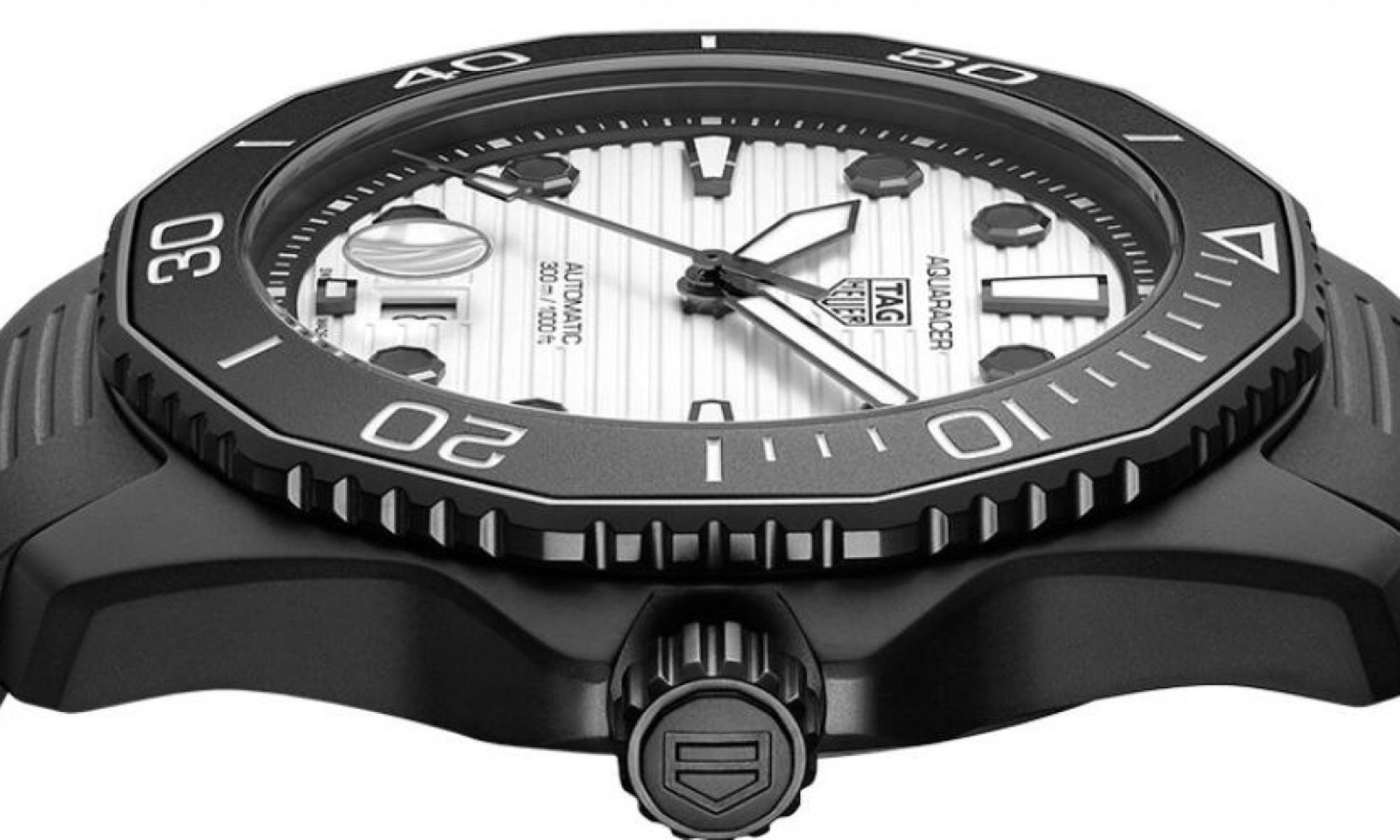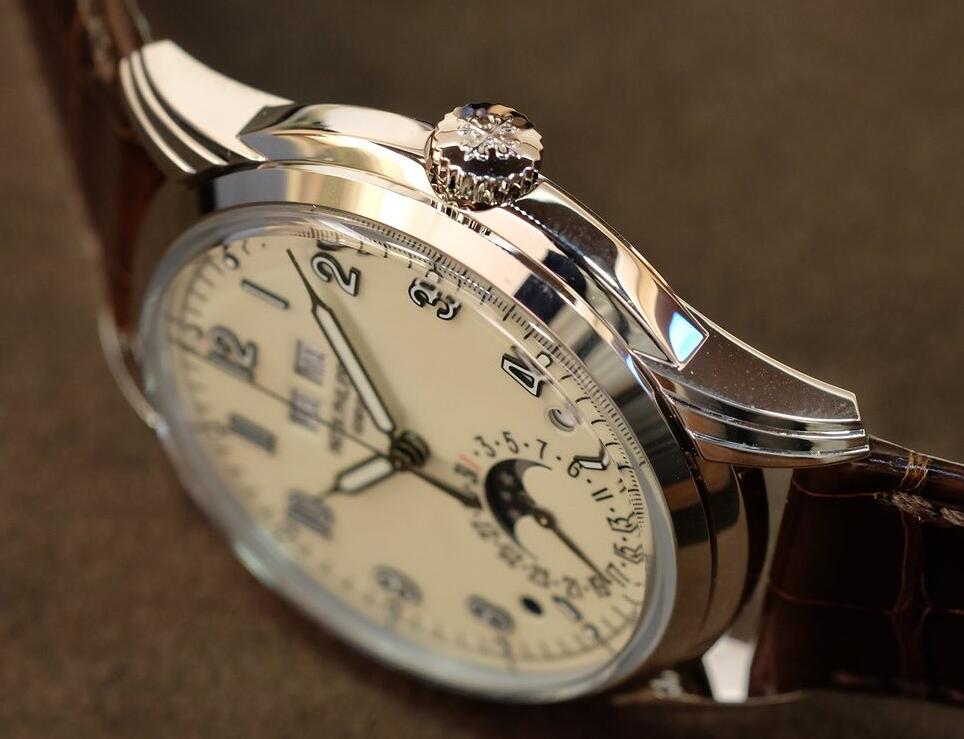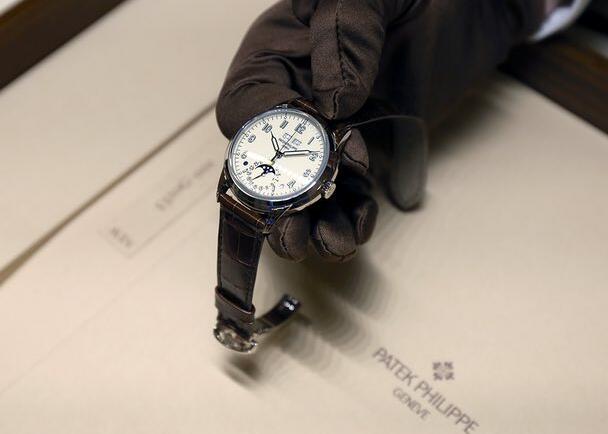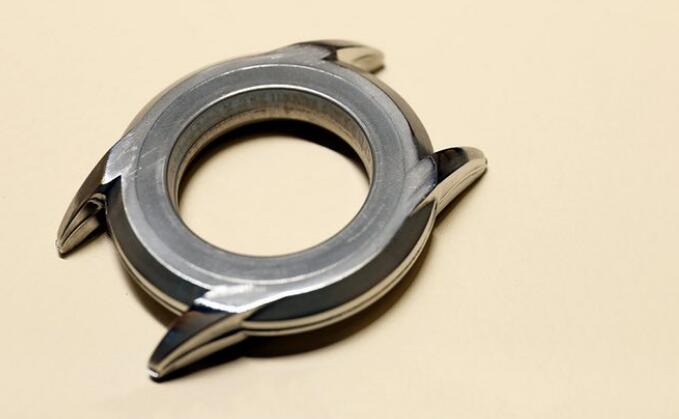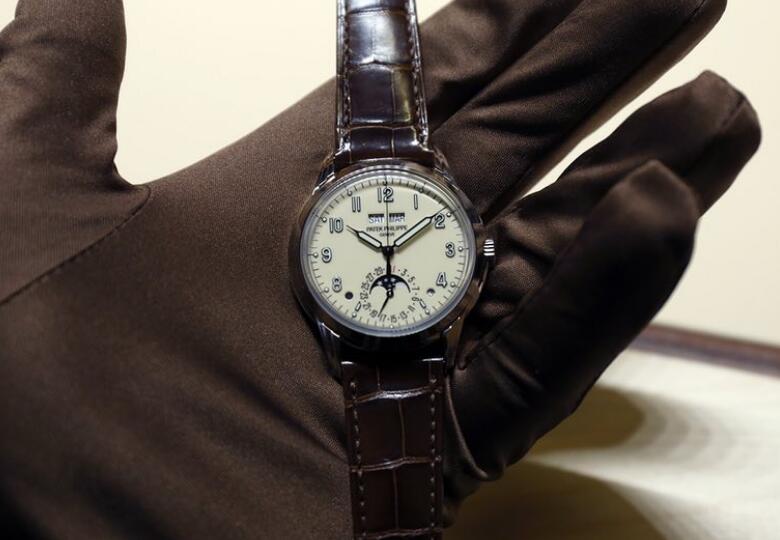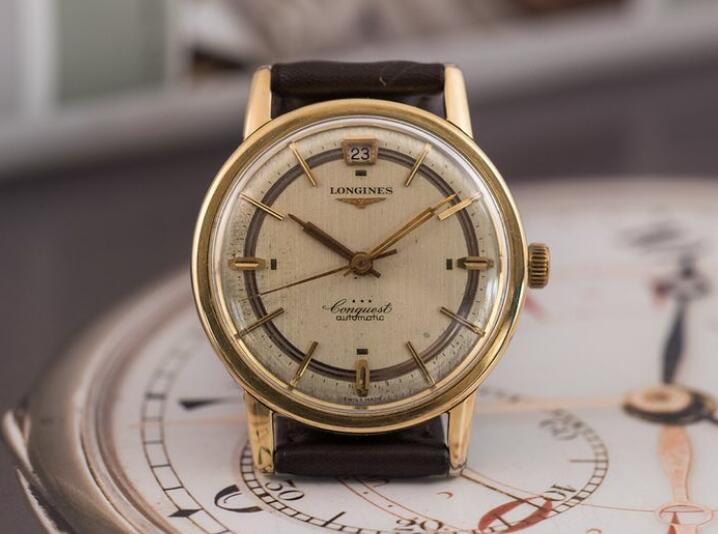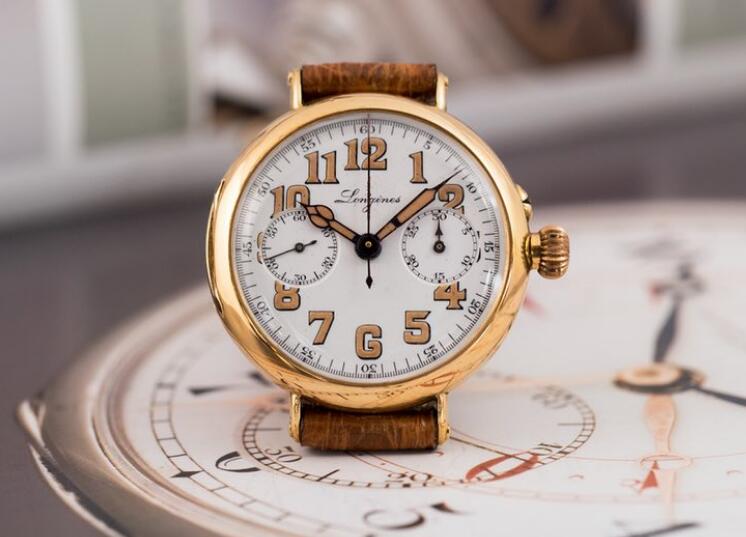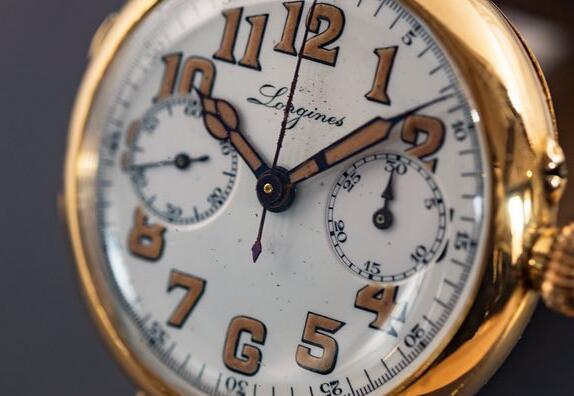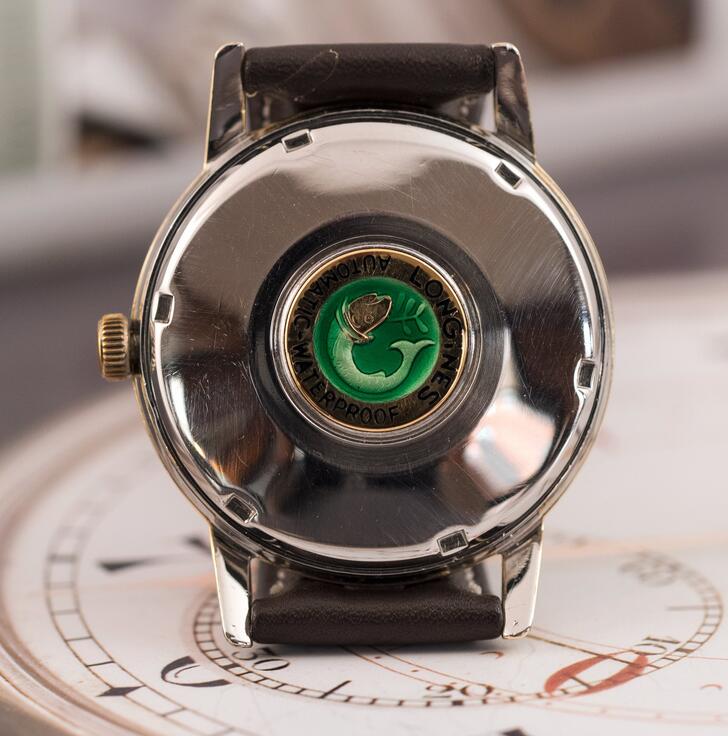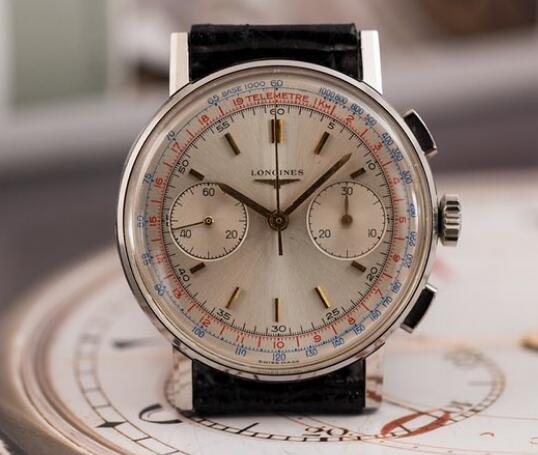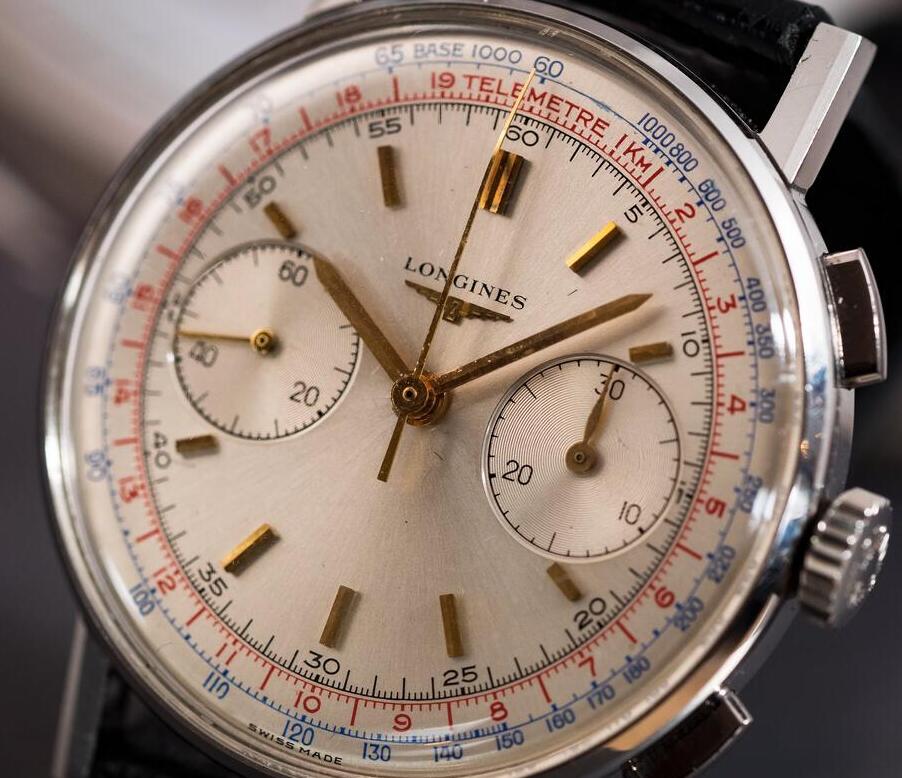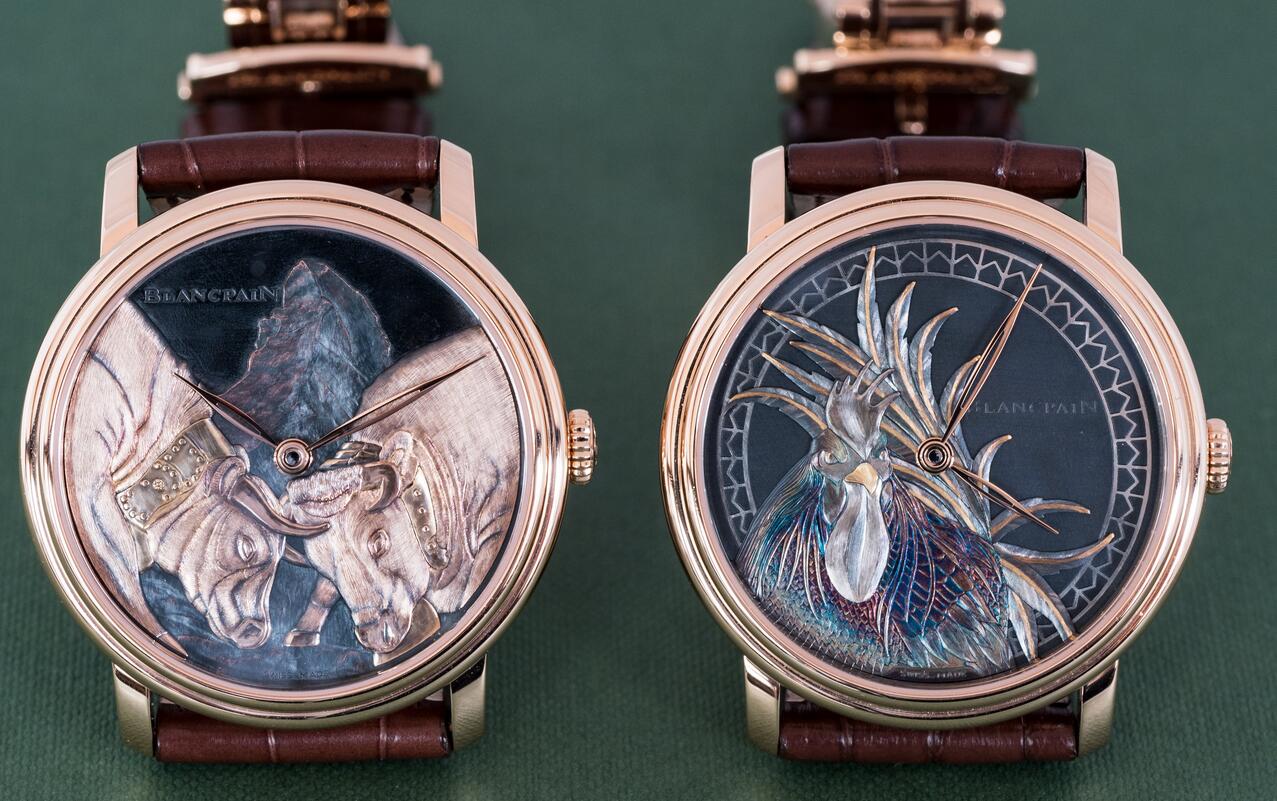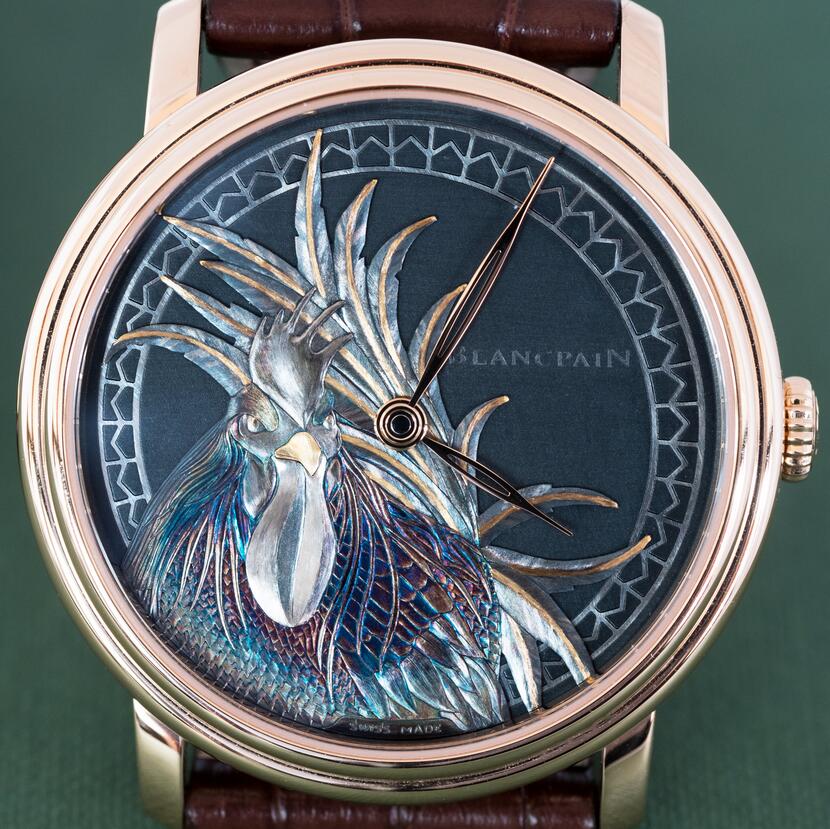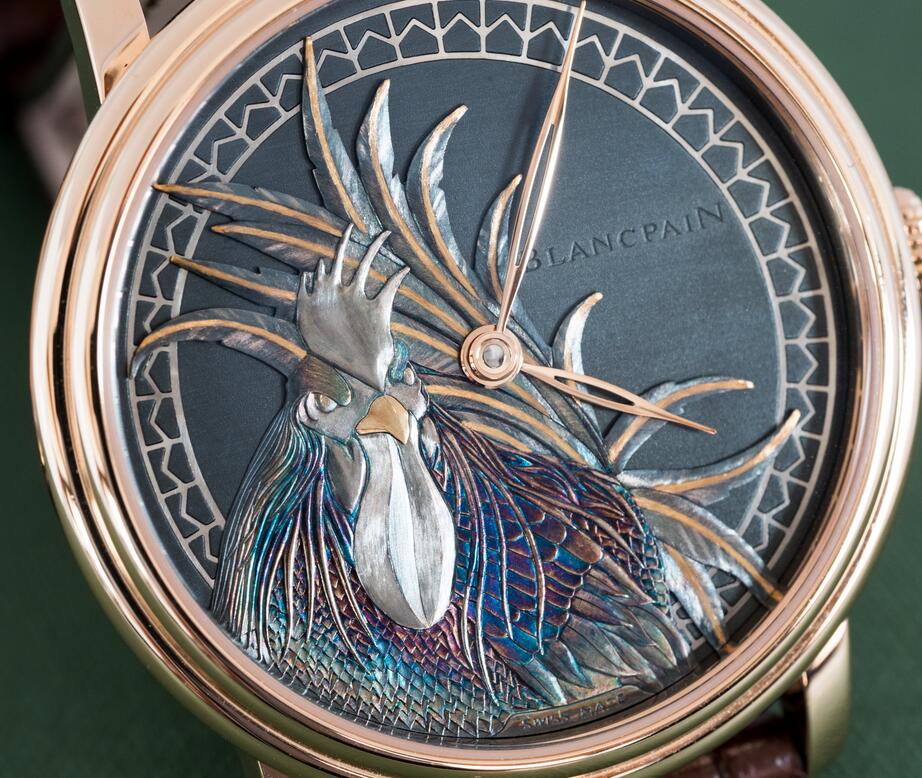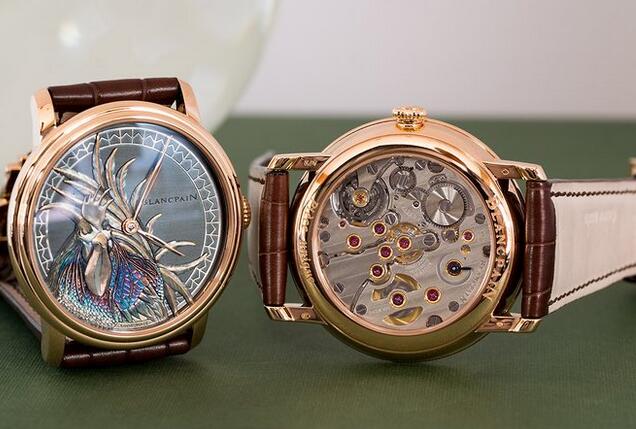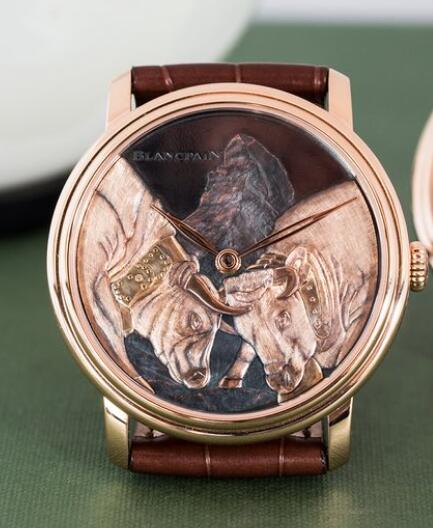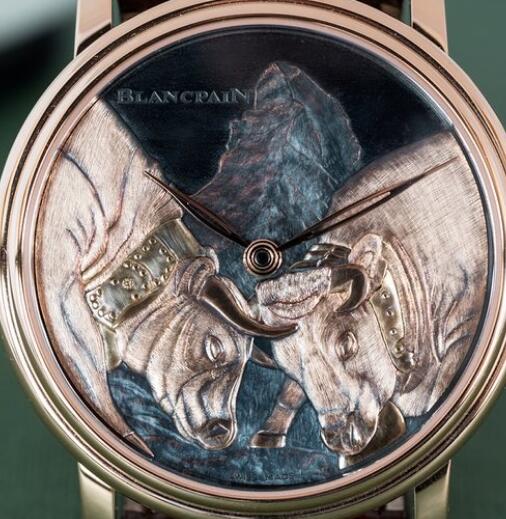By now you’ve probably read about Patek Philippe’s new self-winding perpetual calendar, the 5320G. It’s a watch that left a really strong impression in person from the first time we saw it, reminding us of some of the best copy Patek Philippe’s most celebrated designs from the 1940s and 1950s.
Philip Barat, the Head of Technical Development at Patek Philippe, and Jasmina Steele, Public Relations Director, give us another chance to see the 5320G.
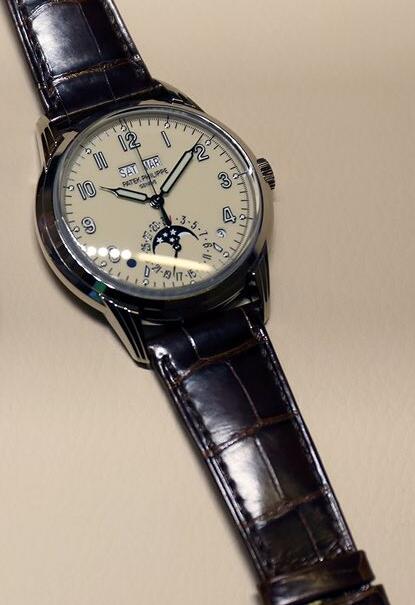 Ben shared his initial reactions and some live photos after getting a first glimpse on day one of Baselworld. He ran through the most interesting features of the watch, including its case, which falls into the Calatrava family and is inspired by ref. 2405, another perpetual calendar from 1940. Ben noted that the case has the peculiarity of being stamped to obtain the sharp lines and interesting geometry.
Ben shared his initial reactions and some live photos after getting a first glimpse on day one of Baselworld. He ran through the most interesting features of the watch, including its case, which falls into the Calatrava family and is inspired by ref. 2405, another perpetual calendar from 1940. Ben noted that the case has the peculiarity of being stamped to obtain the sharp lines and interesting geometry.
Patek Philippe agreed with the first bit, but felt that, while we weren’t wrong about it being stamped, we may have oversimplified the work that goes into achieving the shape and finish of the Swiss brown alligator strap Patek Philippe 5320G fake watch. Shortly after running our story, we received an invitation to come back to their booth and meet Philip Barat, the Head of Technical Development at Patek Philippe, for a closer look at how the 5320G is made. Always eager to hear more from Patek, we accepted. Here’s what we learned.
The 5320G is indeed stamped. Patek Philippe’s CEO, Mr. Stern, asked the development team to create a watch that would have “very, very straight lines,” similar to Patek’s replica watches for hot sale from the 1940s and Barat says there only two techniques can be used “to get a sharp edge between the lugs and the middle band case,” and that’s to stamp or to solder the lugs to the case, which Patek simply doesn’t do. Stamping was the only way forward then, but it’s only the first step to creating the finishing case for the 5320G. Here’s what it looks like after the initial stamp.
The monobloc case, monobloc case, stamped from a single piece of white gold.
And this is what it looks like after it more metal has been removed. “All the rest is cut off and milled,” says Barat, and then the part is sent off to the polishing department, which still has quite a lot to do before a working calibre can be put inside, and the strap is attached to the lugs. The case is entirely finished by hand.
“It’s very delicate work,” said Barat, “because when you have sharp edges, the polishing must be so soft.” It takes incredible skill to polish usual surfaces, and the popular copy watch 5320G certainly has many of those. Patek tells us that only the most skilled specialists are able to obtain the finish desired on the there three-tiered lugs for example.
The finished product is a case the likes of which we simply haven’t seen in a while from Patek, and we welcome this return to form.
So there you have it, the final word on the curious case of the 5320G fake Patek Philippe with low price online (pun very much intended). It is stamped, but it’s also a little more than that. Considerable effort goes into creating a watch which, after seeing it a second time, only impresses us more.
